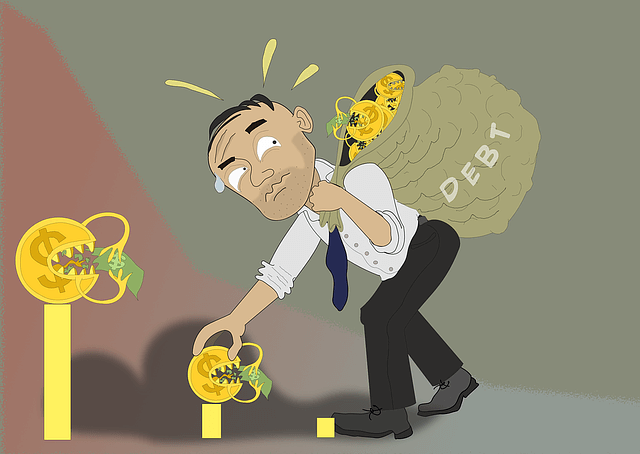If you’re carrying debt, it’s important to understand that there are hidden costs associated with it. While the monthly payment on your debt may seem manageable, the long-term costs can be significant. In this article, we’ll explore the hidden costs of debt and why it’s important to pay it off as soon as possible.

Debt is a common problem that many people face. Whether it’s credit card debt, student loans, or a mortgage, the average American is carrying a significant amount of debt. While it’s easy to focus on the monthly payments, it’s important to understand the long-term costs of carrying debt.
The True Cost of Debt:
When you carry debt, you’re not just paying for the principal balance. You’re also paying interest and fees. Over time, these costs can add up significantly. For example, if you have a credit card with a balance of $10,000 and an interest rate of 20%, you could end up paying over $20,000 in interest over 10 years.
Also read: Financial Apps to Help You Manage Your Money
Debt and Your Credit Score:
Carrying debt can also have an impact on your credit score. Your credit score is based on a variety of factors, including your payment history and the amount of debt you’re carrying. If you have a high amount of debt relative to your income, it can lower your credit score.
The Opportunity Cost of Debt:
Another hidden cost of debt is opportunity cost. When you’re using your income to pay off debt, you’re not able to use that money for other things, such as saving for retirement, going on vacation, or investing in a business. The longer you carry debt, the more you’re giving up in terms of future opportunities.
The Psychological Cost of Debt:
Carrying debt can also have a psychological cost. It can be stressful and anxiety-inducing to have a large amount of debt hanging over your head. This stress can impact your overall well-being and quality of life.
Also Check: Build a Budget That Actually Works
Strategies for Paying Off Debt:
Now that we’ve explored the hidden costs of debt, it’s important to talk about strategies for paying it off. There are a variety of approaches you can take, depending on your financial situation. One popular method is the debt snowball method, where you pay off your debts from smallest to largest. Another approach is the debt avalanche method, where you pay off your debts with the highest interest rates first.
Conclusion
In conclusion, it’s important to understand the hidden costs of debt. While it may seem manageable in the short-term, carrying debt can have significant long-term costs. By paying off your debt as soon as possible, you can avoid these hidden costs and set yourself up for a brighter financial future.
FAQs
Q: What is the debt snowball method?
A: The debt snowball method is a debt repayment strategy where you focus on paying off your debts from smallest to largest, regardless of interest rate.
Q: What is the debt avalanche method?
A: The debt avalanche method is a debt repayment strategy where you focus on paying off your debts with the highest interest rates first.
Q: How can carrying debt impact my credit score?
A: Carrying a high amount of debt relative to your income can lower your credit score.
Q: Can carrying debt have a psychological impact?
A: Yes, carrying debt can be stressful and impact your overall well-being and quality of life.
Q: Why is it important to pay off debt as soon as possible?
A: By paying off your debt as soon as possible, you can avoid the long-term costs associated with carrying debt and set yourself up for a brighter financial future.